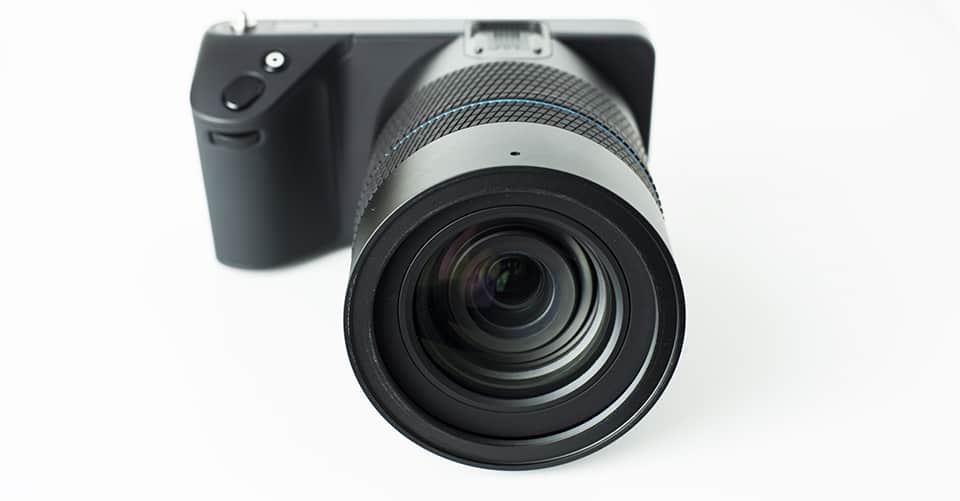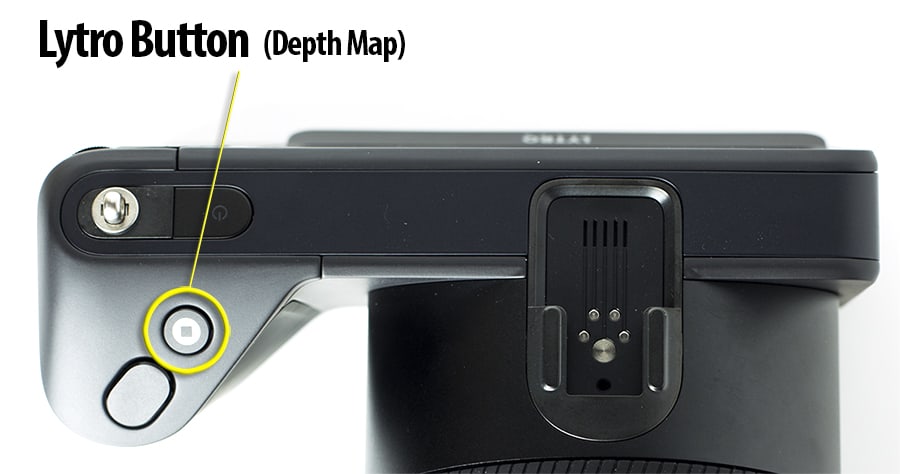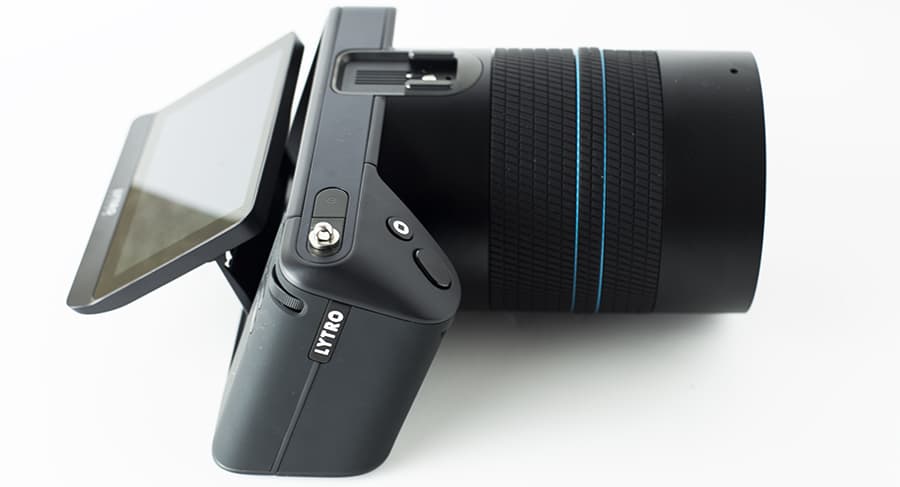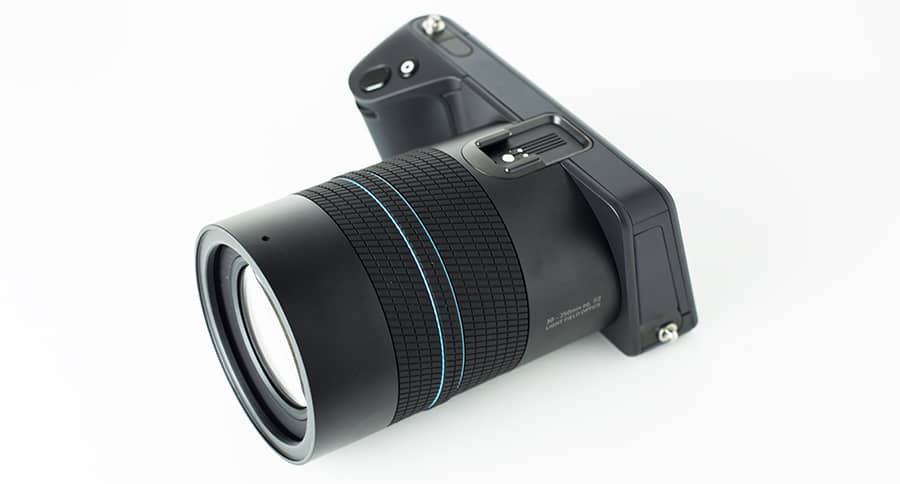The Living Picture | A Lytro Illum First Glance Review
I was intrigued by what Lytro was doing several years ago with their introductory camera. What photographer wouldn’t be? A camera that does not capture focus data and can be refocused at a later time. A camera that does not capture pixels as we know it but Light Field Data? The concept seemed incredible but entirely too far ahead of its time. In 2012, this camera seemed to be more of a prototype than a usable product. The reviews of those who had it in hand seemed to confirm that.
Fast forward to 2014 with the release of the Lytro Illum. The growth of the Lytro “Living Picture” concept seemed to be a little more intriguing with the gorgeous camera body they put the technology into. I have had the opportunity to experiment with this little machine and I must say, I am thoroughly impressed!

A bit about Lytro Illum for Photographer’s
The Lytro Illum does not capture what we know of as a pixel based image. Instead, it captures the light field of the scene.
What does that even mean?
It captures the angles of each ray of light in the scene allowing one to do incredible things in post production. You can change the focus, perspective, and even create living pictures where the focus and perspective change as the seconds tick.
What does all of this mean to a photographer?
You have to drop your guard a bit here as I am going to say a few things you may not like.
- If you are not willing to think outside the box… this is not the camera for you.
- If you lack the creativity and vision to see how beneficial this can be for all kinds of imagery… this is not the camera for you.
- If you have no desire to think in the third dimension about your photos… this is not the camera for you.
- If you are obsessed with megapixels… this is not the camera for you.
You have to drop the notion of the pixel, leave it checked at the battery door when you first pick up the camera. Many photographers say,
“40 Megaray’s huh? How many Megapixels is that?”
It translates to approximately 4 Megapixels. Not much right? It isn’t if you are thinking in terms of using the images as printed photographs. For stills, this camera is almost pointless as 4 Megapixels in 2015 is far from standard.
However, if you think in terms of video and the “Living Picture” you can create some fantastic moving images that show the mood of the scene through selective focus and shifting perspective. I find it absolutely incredible.
How does it work?

As I stated before the Lytro Illum captures the Light Field within the scene not necessarily the instance of light (as traditional cameras commonly do). With that being said, it requires a bit of a learning curve to set your post produced living pictures up for success. When you look at the top of the Lytro Illum camera it has 2 buttons, the Lytro Button (or Depth Map Button) and the Shutter button. Prior to taking a picture you should press the Lytro button to see the Depth Map of the current scene. As you “focus” you are assigning certain areas of your image a space in the depth map.

This depth map is an incredible concept as it forces you to think in 3 dimensions about your imagery. This is Sculpture meets Photography and Videography. For best results there should be an even spread of Blue to Orange on the Depth Map preview. Blue is closest to the front of the camera and Orange to the rear. With that said, some scenes may not have enough depth to create an intriguing living picture.
A traditional landscape shot does not make for a good depth map covered photo. However, if you add a tree (or something) in the foreground it can make for some incredible living pictures.
In the example below the tree was isolated in the scene to make the landscape image a bit more interesting.
The Short and Skinny on the Lytro Illum

The Good:
1. Incredible technology, which may not be 100% there due to size constraints on stills, but this very well could be the way of the future for photography. With more and more people hopping on the short and quick video train with their phone apps I see a very viable place for the Lytro Illum and its ground breaking technology in the photo and video world.
2. The Camera is simple and easy to use. A quick 10 minutes of experimentation and you are well on your way. After a few hours you become very comfortable and after a week you won’t stop thinking about the possibilities.
3. The lens is great for macro work. You can practically touch the subject to the lens and still achieve “focus”. The Lytro Illum is capable of 1:3 macro, but at that short of a distance it is incredible for isolating details.
4. The lens is an f/2.0 equivalent. It is not an f/2 lens like we think though, it actually captures the light field so it is capturing an aperture range of f/2 to f/16 in a single shot.
5. The post production software mimics that of Lightroom and Photoshop making the learning curve for experienced post production photographers next to nothing.
6. It makes me think about the world differently. I find myself getting a bit more creative with my traditional DSLR because of the principles of the Lytro Illum camera.
The Bad:
1. It is awkward to hold and not very ergonomic. I found the meaty portion of my palm would continually bump the function buttons on the rear of the camera. The tilting screen is a plus, though.
2. The software can run a little slow, especially for outputting a 60 fps 1080 HDR Living Picture. I created a 3 second living picture at full quality 1080p and it took approximately 12 minutes to process. This is, of course, subject to the hardware capabilities of the computer you are using. I am running 32 GB Ram on a 3.4 ghz i7, I didn’t think it should take that long to process 2 seconds of video.
The Bottom Line:
The Lytro Illum is a very fun camera to experiment with. It can create some incredible “Living Pictures” and there are lots of capabilities for web developers with the rise in video demand on websites.
Is it for everyone? Not really, many photographers find it awkward to hold and can’t seem to get past the Light Field concept.
However, those who are innovative and want to engage with the future of photography, it is an awesome machine capable of astounding possibilities in short video production.
Is it worth $1200 retail? I believe it is for those who like to incorporate video in their business, webpages, and portfolios. I stress the word video there as the stills are not quite there yet.
This technology would be astounding for product photography and wedding photography. Especially for the wedding video. Imagine a macro shot of the rings in and out of focus with a perspective change with the bride and groom in the background. I would even go so far to say it could be great for Sports Photography if a Flash (sold separately) were incorporated to capture the motion. That kind of focus and perspective shift would be great in Football photographs.
I wouldn’t be surprised if this technology takes a huge leap in the next 2 years. Video is becoming more and more critical in any photography business or professional website portfolio. While it may still be in its infancy stages with the second iteration from Lytro, the Lytro Illum is taking bold steps into the future of photography and for them, I am excited and very much on board.

[hcshort id=”9″]










Pretty cool Blake! I think we just got a sneak peak at the future. Given enough time and the advance in the tech perhaps one day prints my go the way of film. Instead of framed prints hanging on our wall we might all just be hanging digital monitors (for lack of a better term) and as we walk past the image it will begin to play the image for us.
I highly recommend that your viewers go to https://www.lytro.com/ website and watch their Video on the new software version. This technology is a game changer.